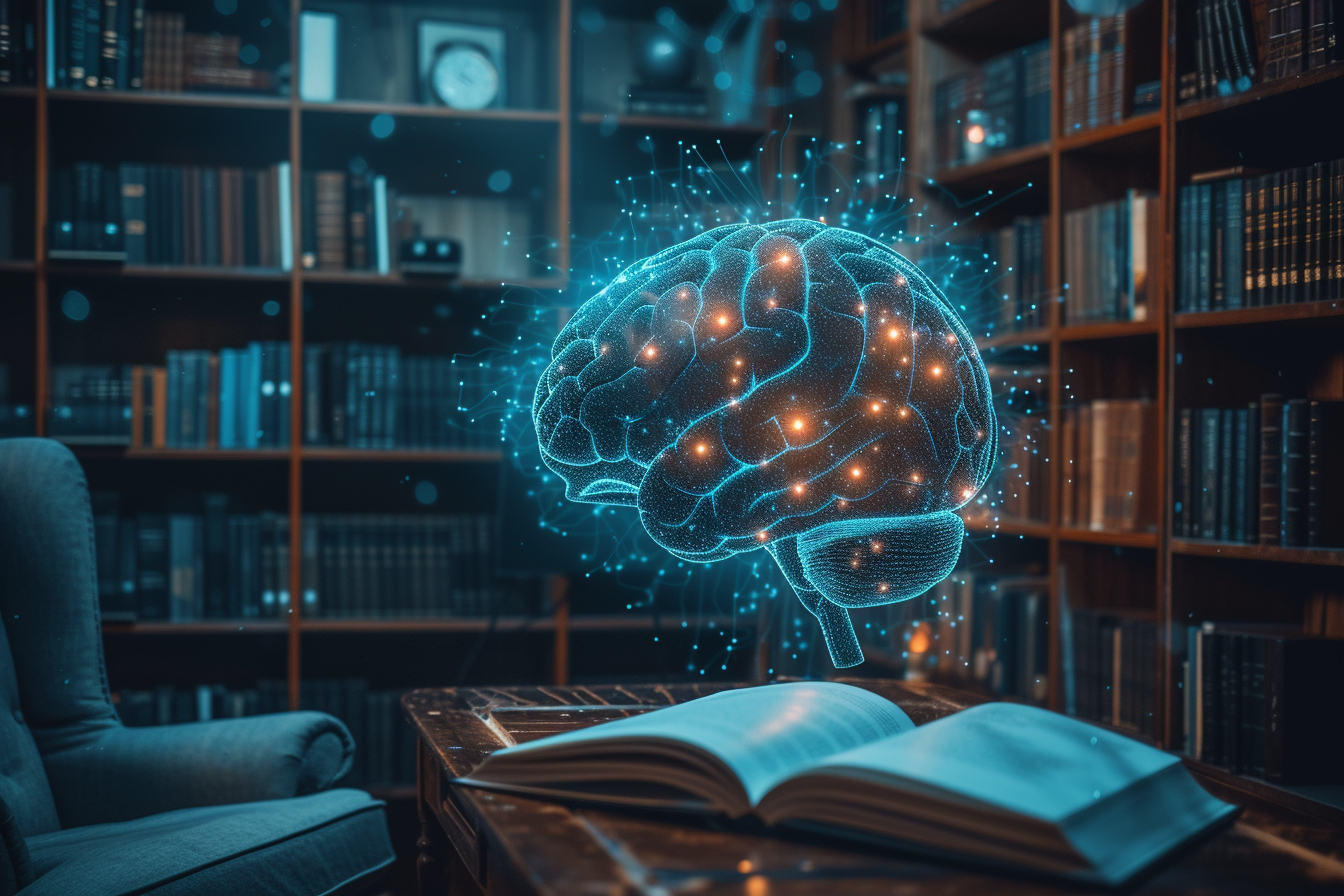Anxiety, a natural reaction of the body to a potential danger or stressful situation, becomes problematic when it manifests itself in the form of repetitive and uncontrollable anxiety attacks. People suffering from this disorder often live in fear of the next attack, which can lead to a vicious cycle of anxiety and subsequent attacks.
Origin of anxiety attacks
THE anxiety disorders have diverse roots, which can be psychological, genetic or even environmental. Understanding these crises therefore involves exploring the triggering factors, which are both personal and complex. Often, increased sensitivity to stress or past traumatic experiences facilitate the emergence of these crises.
The role of learning and awareness
As a person experiences anxiety attacks, their body and mind become more sensitive to internal and external signals that can trigger another attack. This hypersensitivity is sometimes reinforced by a process called conditioning: if an anxiety attack occurs in a particular situation, the person may begin to associate this situation or signals similar to it with the occurrence of a new attack.
Psychological and physiological mechanisms
The fight or flight response
The ancestral mechanism of the fight or flight response is often involved in anxiety attacks. This natural defense system of the body leads to a series of physiological reactions (increased heart rate, sweating, muscle tension, etc.) which, although normal in the presence of danger, become excessive and inappropriate when triggered without valid reason.
hypervigilance
Individuals suffering from anxiety attacks develop hypervigilance towards their own feelings. This phenomenon leads them to interpret ordinary bodily sensations as warning signs of an impending anxiety attack, thereby perpetuating the cycle of anxiety.
Behavioral and cognitive strategies

Cognitive-behavioral therapy (CBT)
CBT is often cited as an effective method for breaking the cycle of anxiety attacks. Therapeutic work revolves around an understanding of the thoughts and behaviors that maintain the anxiety disorder. Through practical exercises, patients learn to question their anxious thoughts and modify their behavior when faced with distressing situations.
Avoidance, a double-edged trap
A common reaction to anxiety attacks is avoidance of situations that might trigger them. While this strategy may seem to offer temporary relief, in the long term it reinforces the disorder by reducing the individual’s resilience and increasing their fear of avoided situations.
Ways to prevent the recurrence of seizures
Relaxation and breathing techniques
Techniques such as diaphragmatic breathing or mindfulness meditation can help individuals manage their stress levels and reduce the frequency of anxiety attacks. Mastering these techniques provides a powerful tool for controlling anxiety.
Regular physical activity
Sport releases endorphins, often called “happiness hormones”. Regular physical activity is recommended not only for its beneficial effects on general health, but also because it can reduce overall levels of anxiety.
A healthy lifestyle
Environmental factors, such as caffeine consumption or poor sleep, may contribute to the maintenance of anxiety disorders. Adopting a balanced diet, ensuring restful sleep and reducing the consumption of stimulants are healthy lifestyle habits.
The role of awareness and acceptance
Recognize the vicious circle
Breaking the infernal cycle of anxiety attacks often requires work on yourself to recognize and accept the cyclical nature of the disorder. This awareness can be a essential starting point to thwart the mechanisms of anxiety.
Acceptance of symptoms
Accept the symptoms without excessive struggle is a liberating approach. Although counterintuitive, letting anxiety pass without resisting it can, over time, decrease its intensity and frequency, as the brain gradually learns that these symptoms are not dangerous.
Other therapeutic avenues
medication
In some cases, the use of medication may be advised to help manage anxiety temporarily and relieve symptoms. Doctors can prescribe anxiolytics or some antidepressants, which must be used in addition to therapy and under strict medical supervision.
Social network support
A caring environment often plays a vital supporting role. Chat with loved ones, sharing experiences and even getting involved in support groups or associations can provide a feeling of solidarity and help reduce the feeling of isolation often felt by anxious people.
Recurrent anxiety attacks can mask a complex set of factors and deserve attention. special attention. Discerning the mechanisms underlying these crises is a delicate undertaking that may require professional help. While some strategies can provide immediate relief, others aim to profoundly transform a person’s relationship with their anxiety.
The fight against repetitive anxiety attacks is often a personal journey, littered with challenges and revelations. As discouraging as this infernal cycle may seem, a range of solutions exist to tame it. Each step taken towards understanding and managing anxiety disorder represents a victory over this cycle, and possibly the beginning of lasting change.
A future free of anxiety attacks is possible: with the appropriate tools, determination and support, everyone can gradually regain a feeling of inner peace and escape the grip of anxiety. Yet this journey remains intrinsically unique to each individual, and the journey continues to reveal new insights and strategies for countering the relentless tide of anxiety.
Imbued with hope and perseverance, individuals suffering from anxiety disorders move towards a deeper understanding of their crises, and thereby towards a progressive liberation from their chains.












